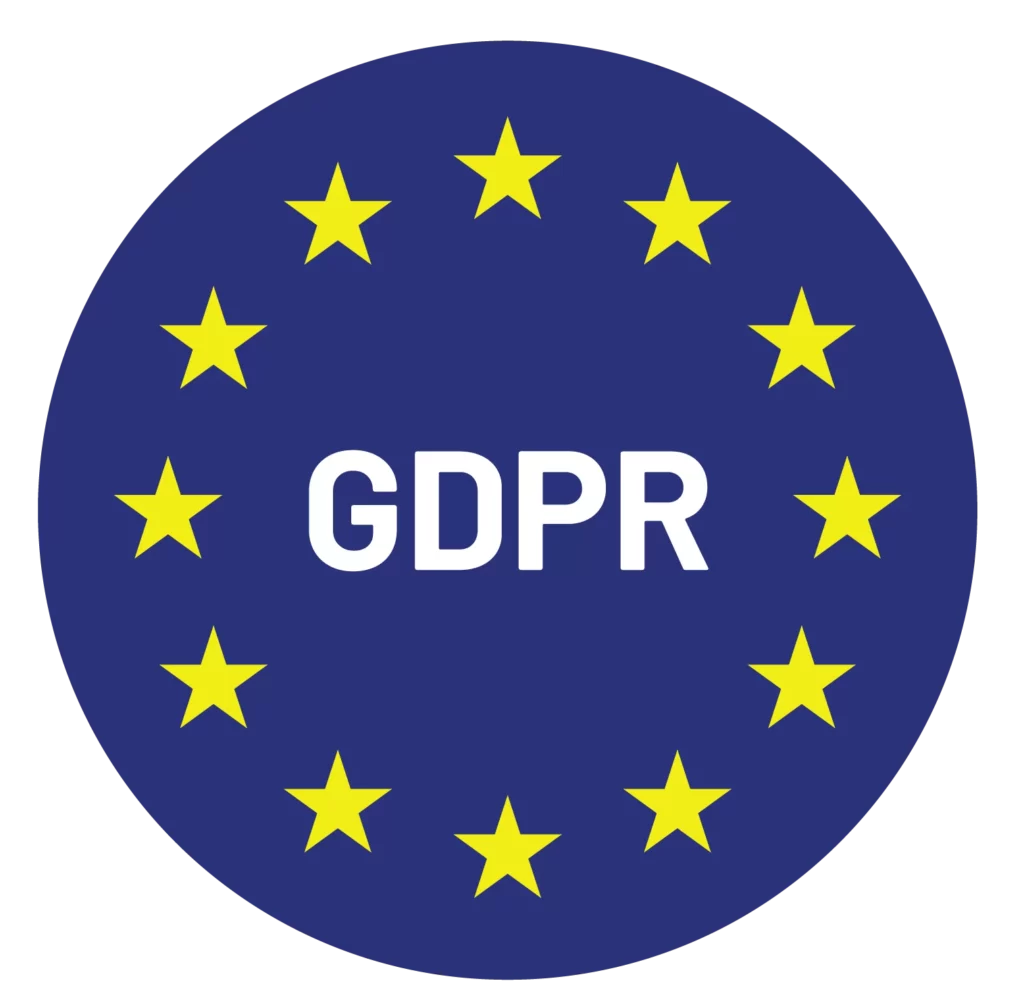Quite often when coaches have something of value to offer to the world, the one thing that becomes a sole driving force in their practice is to reach out to as many people as possible about their offer and look for ways to get prospects to sign on as clients into their business. But oftentimes what ends up being forgotten is the steps that are required to be taken before acquiring clients.
If you’re someone who is often asking yourself, ‘who is my ideal client and how to find my ideal client online’, these three broad steps are all that you need to focus on to get a steady flow of paying clients into your business, while remaining in alignment with your coaching style and values.
The 3-pronged method to find your ideal coaching client:
- Get clear on who you’d like to serve & help them connect your offer to their life, dreams & challenges
- Define your unique coaching identity with an extra focus on your ‘uniqueness’
- Create a compelling offer by building your authority & a solid sales process
Choose & Focus On Your Ideal Coaching Client
According to this article written by Tana Heminsley (CEO & Founder of Authentic Leadership GlobalTM), in order to build a successful coaching business, the ideal model to aim for is to have your potential clients find you instead of putting all your effort into how to get coaching clients online.
In order for the clients to find you and to see themselves in your offerings and communications, they have to be able to connect the dots to their life, their dreams, their leadership challenges, and their pain points. And if they’re not able to do that, they may get confused about who you are and what you offer, or else they won’t be able to differentiate you from other coaches.
So, what you want to do is choose and focus on your primary clients.
Tana Heminsley says, “Think of your primary client group as those who you can serve who are interested in coaching and have the funds personally or through their businesses to pay you what you are worth. Your secondary client group (not to be confused with less important—just a second group you want to target) may be another similar audience or a group that you want to support and who may not be able to afford your fees. The primary clients (e.g., corporate) can subsidize your secondary group (e.g., teen girls).
Tana then goes on to organise the coaching questions into four buckets that you would need to ask yourself in order to identify your primary client:
a. Right mindset
- What do you think about focusing your business on one (or two) client groups?
- Do you have any self-limiting beliefs that may be getting in your way?
- How could you reframe how you think about focusing that would support you to be more effective? How could you reframe it to go one step further – to enjoy it and have more ease?
- Who could you get support from in order to shift these beliefs if you are unable to shift them yourself?
- What can you do to support yourself to stay focused?
- What will it look like – what do you envision – when you have a full schedule of coaching clients?
b. Somatic support (the right body language)
- What occurs for you in the body when you think about focusing all your efforts on one (or two) client groups?
- What occurs for you in the body when you are triggered by the idea of missing out on supporting other client groups?
- How does it feel when you imagine attracting your primary client group with ease because they can relate to you, and you to them, and they are just waiting for you to enroll them as clients?
- How could you shift your body language, in the moment, to distract your mind and to feel more comfortable with the idea of focus? Have you learned about the ABCs of self-managing? How often are you practicing this each day?
c. Business discipline & rigour
- How do your values provide guidance for who your primary client group might be?
- What is your Why? (The deeply held reason, beyond the money, that taps into your emotions, for why this work is important to you).
- What led you to be a coach? How can this guide you to your primary client group?
- What expertise and experiences have you gained in your career and life that are relatable to your clients? That will support you in relating to them. Note: This helps immensely in marketing effectively.
- Can you put a name and face to your primary clients? Someone you have worked with or would like to work with who embodies the qualities and challenges of your primary clients? Do they have access to the funds to pay your fees? (If not, they may be your secondary client group.)
- How would you describe, in detail, your primary client ‘avatar’?
- How can you use the questions above to clearly define your secondary client group?
- How will this guide your website design and wording? Your offerings? Your communications? Your social strategy? Your business structure?
d. Learning & celebrations
- How do you listen and get feedback from your clients? What are you learning from them each year? How do you evolve your business in response to their feedback?
- What are you learning about yourself and who you want to support? How will you apply what you are learning?
- How do your values provide guidance for how you would like to celebrate?
- What are you grateful for about your growing ability to focus your business?
- What is going well? How will you celebrate your success?
Define Your Coaching Identity
Answering Tana’s four-bucket questionnaire would surely bring you closer to identifying ‘who is my ideal client’. Once you get that clarity, the road forward gets more concrete because you can always go back to those questions to ensure you’re not straying due to Shiny Object Syndrome (SOS).
The next essential step towards finding coaching clients is to define your own coaching identity.
In the sea of coaches in the same space as you, it is vital that you hone in on your own uniqueness to be able to stand out and make the rest of your business decisions accordingly, instead of copying someone else’s success story that in reality may not be aligned with your identity.
To help you define your own coaching identity, I curated some of the best advice given by a panel of Forbes Coaches Council members. Let’s take a look at some of them:
a. Be authentic
“The clearer you get on who you are and what you stand for, the better idea you will have of who you ideally want to work with. Get very precise on your ideal client. What are their top five attributes? What location are they in? What challenges are they trying to solve? Then, figure out where those people look to hire people like you and market there. Follow the trail of your ideal client.” – Monica Thakrar, MTI.
“In all of your communications, be authentic. It will resonate with your ideal client. It is the principle of like attracts like. When interviewing a potential client, use your instincts as a guide to dig deeper to determine that ideal fit, and don’t be afraid to say no.” – Lisa McDonald, Career Polish, Inc.
b. Stay true to brand
“Doing business costs in more ways than one. Be astute and assess potential client’s goals and work ethic to ensure it aligns with your brand. The biggest threat to your business is working outside of your brand and taking on clientele for money only. The wrong client can bankrupt your time, energy, and reputation. Don’t be afraid to refer them to a coach or practice that will be a better fit.” – LaKisha Greenwade, Lucki Fit LLC.
Let your brand speak for you
Learn everything you need to know about branding in our ‘Branding for Coaches’ Toolkit!
c. Be consistent in your messaging
“Since the coaching relationship focuses on the client, coaches often forget that who they are and how they present themselves matters. Letting your personality show through all interactions (website, calls, etc.) allows the client to make an informed decision in hiring you and, ultimately, create a more empowering coaching relationship.” – Jean Ali Muhlbauer, The Muhlbauer Companies, LLC.
d. Reconnect to your ‘why’
“Get reconnected to your ‘why’. This will help you get re-centered on the event or person that fuelled your passion to begin your work in the first place — and help you understand the ideal client for your program/package. Then, allow your ‘why’ — or the inspiration behind your ‘why’ — to help you hone your voice.” – Lakrisha Davis, Lakrisha Davis & Co.
5 Strategies to Attract Coaching Clients
Now that we have looked at the main foundations that are going to be essential in ensuring the long life of your coaching practice, let’s take a look at some strategies that will get the ball rolling by helping you find coaching clients. Marian Esanu, Founder of High-End Client Acquisition Show, brings us some of his best tried & tested strategies to help online coaches find coaching clients.
1. Be clear on the problem you can solve for the client
Avoid being a ‘do it all’ coach. If you want to remain ahead of the competition, then it’s important to find your niche and stick to it. Your niche is your area of expertise and this expertise should always be clear in people’s minds when they think of you as a coach.
One important thing to remember is that people don’t pay for coaches, they pay for the results. And in order to be able to find your niche, think about the problems you want to and can help people solve.
When you speak to your potential clients it is vital to set up the right expectations.
“Mismatched client to coaches often occurs because there is not enough talk upfront about expectations. Expectations may not be reflected clearly in the contract signed, but they need to be talked about. Expectations on both sides mean just what is implied. This means talking about how things will be done and the expected outcomes of services rendered. Are you miles apart? Maybe you don’t get started at all.” says John M. O’Connor, Career Pro Inc.
2. Create a compelling & irresistible offer
The way to rapidly scale any coaching business is the existence of an irresistible, compelling offer. To craft this offer, Marian Esanu recommends asking yourself the following three questions:
- What is the price point for my services?
- How can I add more bonuses to make it more appealing?
- Can I add direct access to myself to increase the value?
No matter the coaching specialty you choose, the better you are at creating a compelling offer around it, the more likely you will be to succeed.
3. Build your authority
Brand authority is perhaps one of the most important business assets you can invest your time and energy on as an online coach. If you can get people to recognize you as an expert, you will attract more online coaching clients and will then be able to charge more for your services.
This could translate in a variety of ways, depending on what your coaching style is, what medium of communication you’re comfortable with, and where your ideal coaching client can usually be found.
Aside from your website with an accompanying blog (that’s SEO optimized), think about publishing content that your ideal coaching client would resonate with on Medium or LinkedIn. If you’re comfortable with your verbal communication skills, see if collaborating on podcasts makes sense for you – even starting one of your own if you think you will have enough content to speak around your area of expertise. YouTube is another possible option if videos are more your forte. Social media platforms have a huge audience. Think of strategies on how to find your ideal client on Instagram or Facebook to maximize your reach.
4. Build your sales process
Your sales process should not stop after your first sale, and rather continue to bring more value to your customers and nurture them into your packages. This will depend on the price of your coaching services.
“The best way to build a sales process is to base it on the price point of your coaching programs,” says Marian. “For example, a person likely will not swipe their credit card online for a $2,000 price point without a phone call or a more in-depth video presentation. However, if your coaching program or online course is only $97 to $297, they will be more likely to become buyers without a phone call.
After you decide the price of your services, continue the sales process through a sales funnel”
5. Establish a sales funnel
A sales call is going to be your marketing strategy, including a series of steps you would need to take for a potential client to hire you and maximize your revenue. Why is it called a sales funnel? Ashley Stahl, a career coach, explains it accurately: “In short, because it’s wide at the top and narrow at the bottom. At the top are your potential customers. At the bottom are your committed customers. It’s your job to turn your potential customers into committed customers.”
Generally, the top of the funnel will involve your presence on some social media platform where you regularly engage and interact with your audience by providing them value through your content. This is also where you can create a professional-looking website with a great landing page where visitors can sign up for something of value — maybe a newsletter, a blog subscription, or a free guide.
The middle of the funnel is where your customers get comfortable with you – this is where they should be able to understand who you are and why they should invest their time in you. You can do this by providing a free service – for instance, a case study or a one-time tutorial.
The bottom of the funnel is where your audience starts really trusting you after having received all the benefits from the top and middle of your funnel. While continuing to engage this is where you can ask for a sale, by providing something valuable so that they’re compelled to take action sooner than later. This can be in the form of a special limited-time price offer or a sales page specific to your program or even a series of sales emails.
So now that you know the three stages of a funnel you can curate different methods at each level to help pass your audience smoothly toward the bottom of the funnel. So, you might decide to market your services through webinars, or you may feel an application process would be a better method, which would require potential clients to apply to work with you. It would all depend on the type of client you’re trying to attract.
FAQs
1. How important is picking a niche when it comes to finding the ideal coaching client?
Very! At all costs, avoid being a ‘do it all’ coach. If you want to remain ahead of the competition, it’s important to find your niche and stick to it. Your niche is essentially your area of expertise and you need to communicate the same expertise clearly to your prospective clients. One important thing to remember is that people don’t pay for coaches, they pay for the results. And in order to be able to find your niche, think about the problems you want to and can help people solve.
2. How do I create a compelling offer for my ideal coaching client?
While there are many nitty-gritty to this, a simple way to start would be by asking the following questions:
- What is the price point for my services?
- How can I add more bonuses to make it more appealing?
- Can I add direct access to myself to increase the value?
3. How do I ensure my coaching engagement with clients sees maximum success?
When you speak to your potential clients it is vital to set up the right expectations. Mismatched client to coaches often occurs because there is not enough talk upfront about expectations. To avoid this, be super clear on what problem you solve for the client, ensure to ask what results in your clients are looking for, and address discrepancies, if any, to ensure that you are not biting more than what you can chew.
Expectations may not be reflected clearly in the contract signed, but they need to be talked about.
About Simply.Coach
Simply.Coach is an enterprise-grade coaching software designed to be used by individual coaches and coaching businesses. Trusted by ICF-accredited and EMCC-credentialed coaches worldwide, Simply.Coach is on a mission to elevate the experience and process of coaching with technology-led tools and solutions.

Content Marketing Manager @Simply.Coach
Ipsita Nayak is a full-time writer-editor-content strategist and a part-time NLP coach & yoga teacher. She believes conventions are overrated, has a disproportionate need for solo time over social time, and loves a good mix of sci-fi and trashy TV in her free time!









